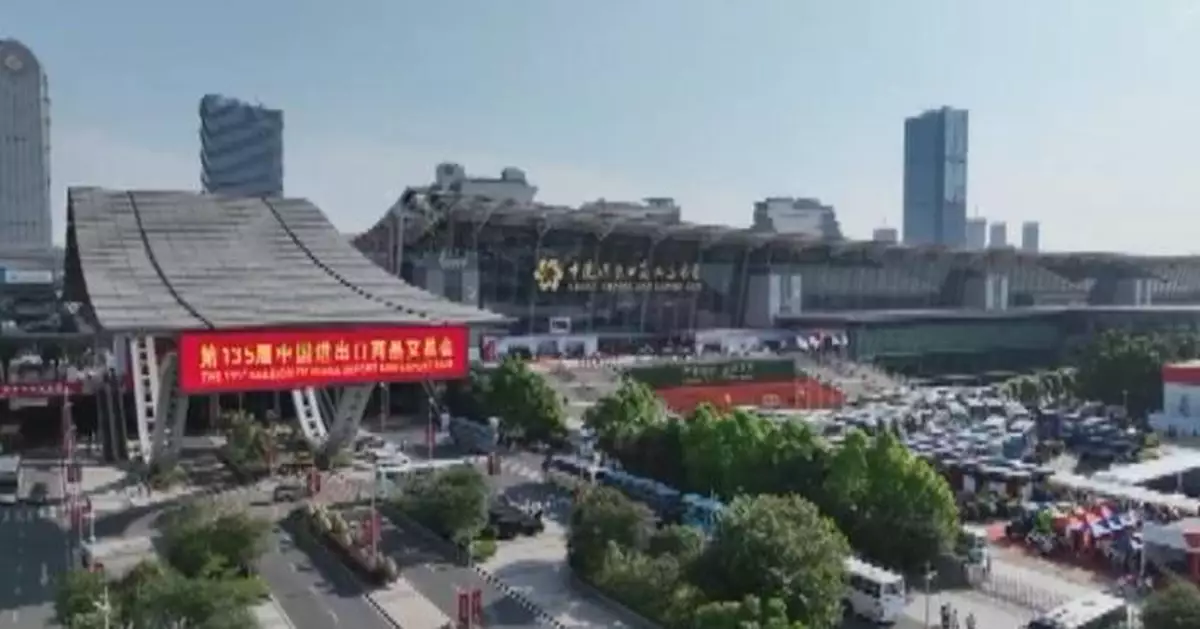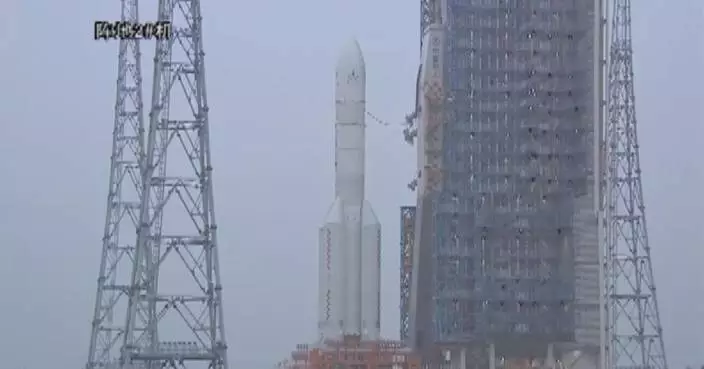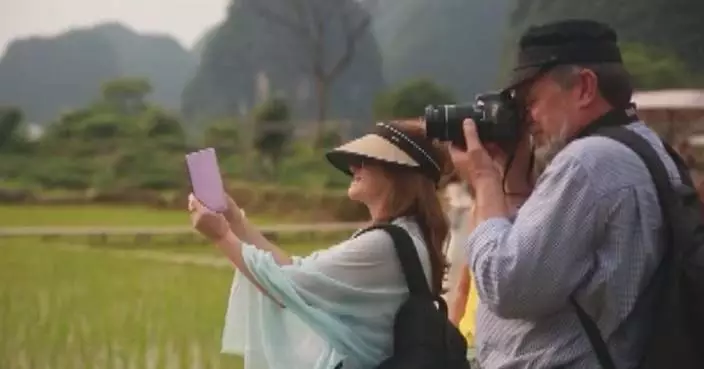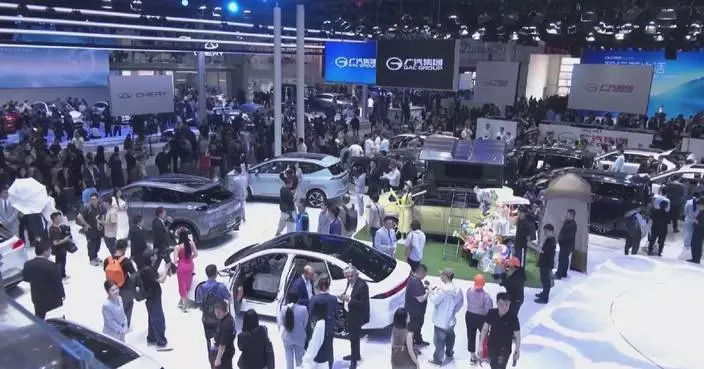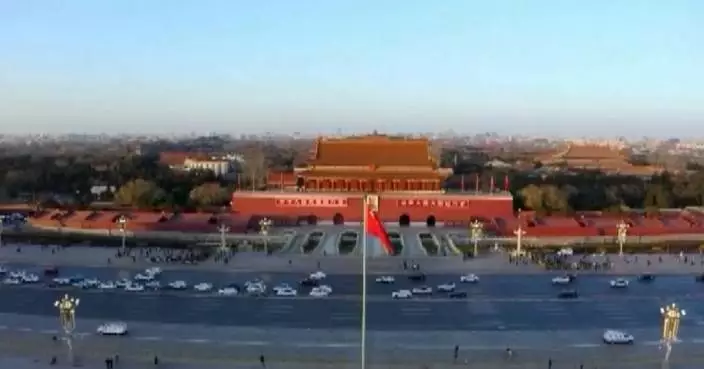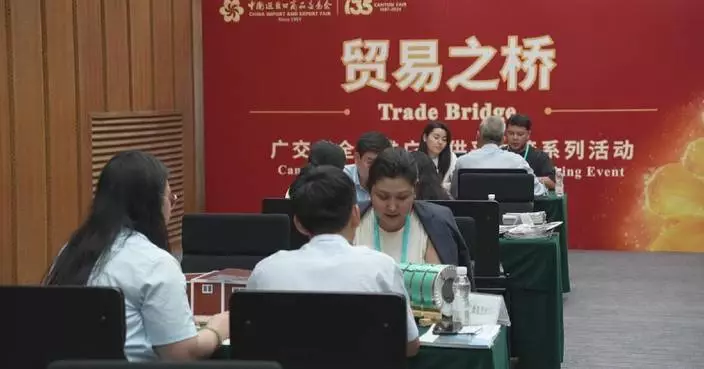The first phase of the 135th Canton Fair concluded Friday with bustling transactions and tentative deals between 125,400 sellers and buyers from 212 countries and regions-a 23.2 percent year-on-year increase.
As a bridge connecting China with the world, the Canton Fair showcases high-quality, globally competitive products and provides stable supply, offering new development opportunities for participating countries.
The 135th Canton Fair highlights an optimized company structure, featuring enterprises that are leaders in high and new technologies. Compared to the previous fair, there was a 33 percent increase in companies recognized as leaders in their industry or high-tech sectors. There was also a 24.4 percent rise in enterprises specializing in industries such as smart living, the "new trio" (electric vehicles, lithium-ion batteries, and photovoltaic products), and industrial automation.
"We have welcomed not only our returning customers but also many new ones. To date, the total volume of intended and actual orders has surpassed 10 million dollars," said Kang Xinfu, manager at foreign trade department for Jiangxi Oursun New Energy Co., Ltd.
"We hope to develop new products with ratio at 10 to 15 percent this time," said Deepak, buyers from Dubai.
This session is expected to feature over one million new products, including more than 450,000 green products and over 50,000 with independent intellectual property patents. The number of new products is higher than last year, demonstrating the fruitful results of embracing new quality productive forces.
“We have presented high-end products that embody high technology, efficiency, and quality at this Canton Fair. These products are the latest outcomes of our efforts to cultivate new quality productive forces," said Zhang Qingfu, vice-president at Haier Overseas Electricity Co., Ltd.
"Your system here with two filters and high capacity. And it's very slick, modern unit. So, it's from what I have experienced, leading technology," said a buyer from New Zealand.
The 135th Canton Fair also attracted foreign enterprises eager to explore the global market. The first phase saw 197 enterprises from 30 countries and regions showcasing products that included electronic appliances, hardware tools, machinery, and equipment. The Canton Fair has established global partnerships with 135 business institutions from Belt and Road Initiative (BRI) partner countries. These BRI partner countries have been the largest group of buyers and import exhibitors, underscoring their significant presence at the fair.
"Up to now, we have secured a deal worth 300,000 dollars with a buyer from the Middle East. I believe the Canton Fair is an excellent platform that connects global buyers and exhibitors," said an exhibitor from South Korea.
Scheduled to run until May 5, the fair will start its second phase on April 23, focusing on household items, gifts, decoration and furniture.
Launched in 1957 and held twice yearly, the fair in Guangzhou City of south China's Guangdong Province is considered a major gauge of China's foreign trade.

Canton Fair concludes first phase with dominance of high-tech exhibits


